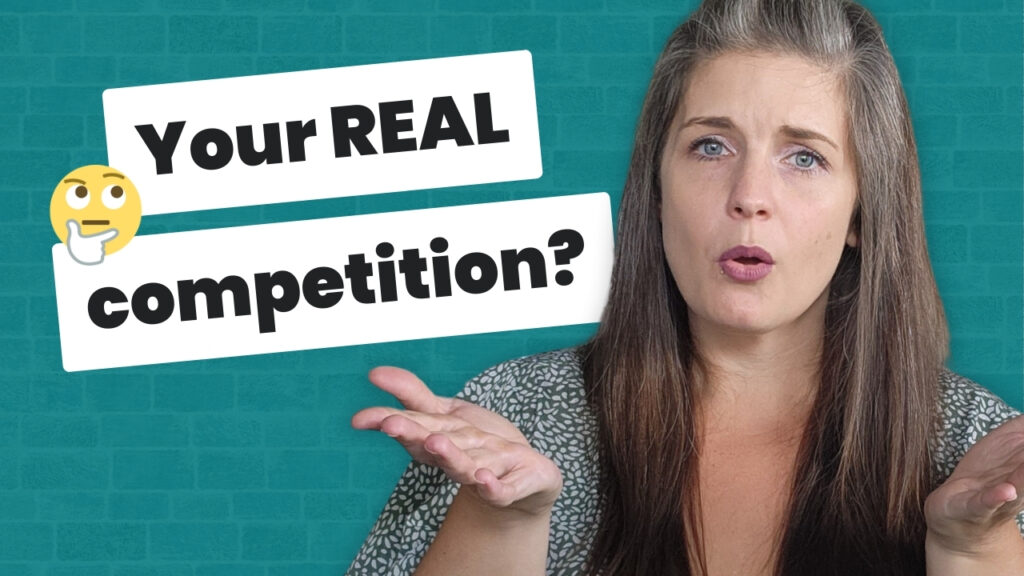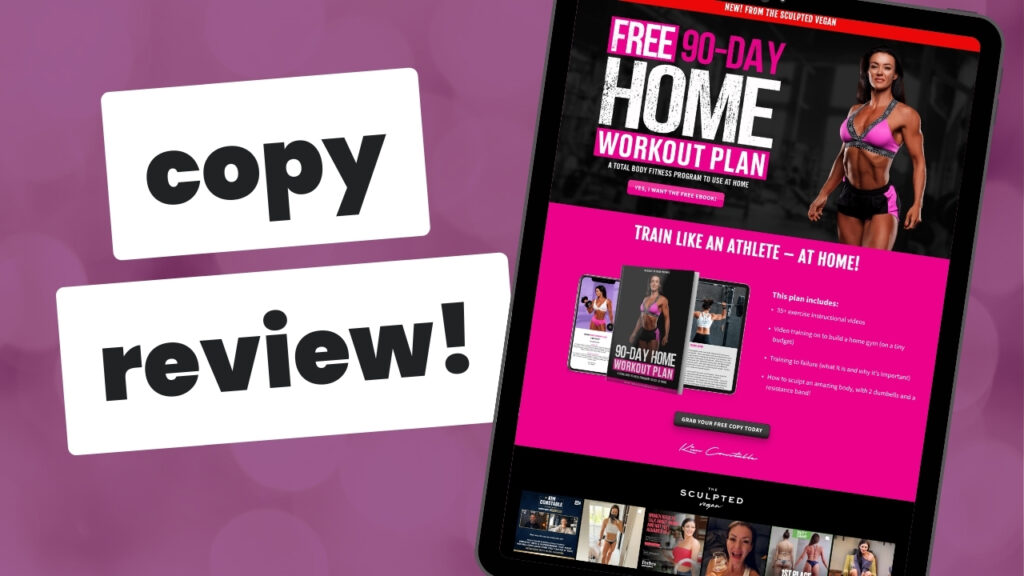We’re all obsessed with conversion rates — and for good reason: They’re a measuring stick for funnel success.
They tell you the percentage of people who took an action out of the pool of people who were exposed to that action — like downloading an ebook, joining a webinar, or buying a course.
Using conversion rates, you can see what percentage of people move from one step in the funnel to the next.
It helps you see where your funnel is optimized (higher conversions) or leaky (lower or no conversions). Measuring changes in conversion rates is helpful if you’re optimizing — like testing different version of your sales page.
But…
Conversion rates can be misleading too. That’s because, when isolated, they don’t tell the entire sales story.
Quiz time –
Does a higher conversion rate always bring in more revenue?
…
…
…
This is best answered with a real-life example:
I had a client who partnered with me for an ebook sales page. After the project, naturally, being the good little conversion copywriter that I am, I wanted to know how well it was converting.
At the time, they were using Facebook ads to drive traffic to this page, and here’s what they told me:
“At first the page was converting at 22% but then we changed the ads and the conversion rate dropped to 8%…”
Honestly, my heart jumped to my throat.
That was huge change in the wrong direction.
I was quickly descending into major disappointment when my client added a very important detail to the story:
“But we’re getting 10x more traffic now.”
Without getting too technical here, they had modified the
Facebook ad targeting metrics and broadened the pool of people exposed to their ads.
In other words, they were putting their ad in front of a larger but less “ideal customer” group.
Interesting.
I wanted to know what that meant for sales, the ultimate funnel metric, so I took a moment to crunch the numbers:
Let’s assume the original traffic number was 100 visitors and we know it was converting at 22%.
So, after changing the ads they got 10x the traffic, that’s 1000 visitors, but the conversion rate dropped to 8%.
In both scenarios, the ebook was selling for $10.
(These are not the actual sales numbers.)
Now let’s do some basic math:
- 100 visitors x 22% conversion rate x $10 = $220
- 1000 visitors x 8% conversion rate x $10 = $800
Let’s revisit that question:
Does a higher conversion rate always translate into more revenue? Answer: No. Here’s why:
Your conversion rate is also influenced by the amount and type of traffic you get even if everything else stays the same.
In this story, the sales page didn’t change. The traffic source did. Though, my client had 10x the amount of traffic going to the page. Widening the net meant attracting more not-so-ideal-customers too.
As a result, the percentage of people buying the ebook went down.
Does that mean measuring your conversion rate isn’t important?
Absolutely not.
It’s still a good measuring stick, especially when measuring changes when everything else (including your traffic strategy) hasn’t changed. That said, it’s always good to run the sales numbers too.
Always look at your funnel from a system perspective because conversion rates can be misleading if you ignore what is changing around them.

